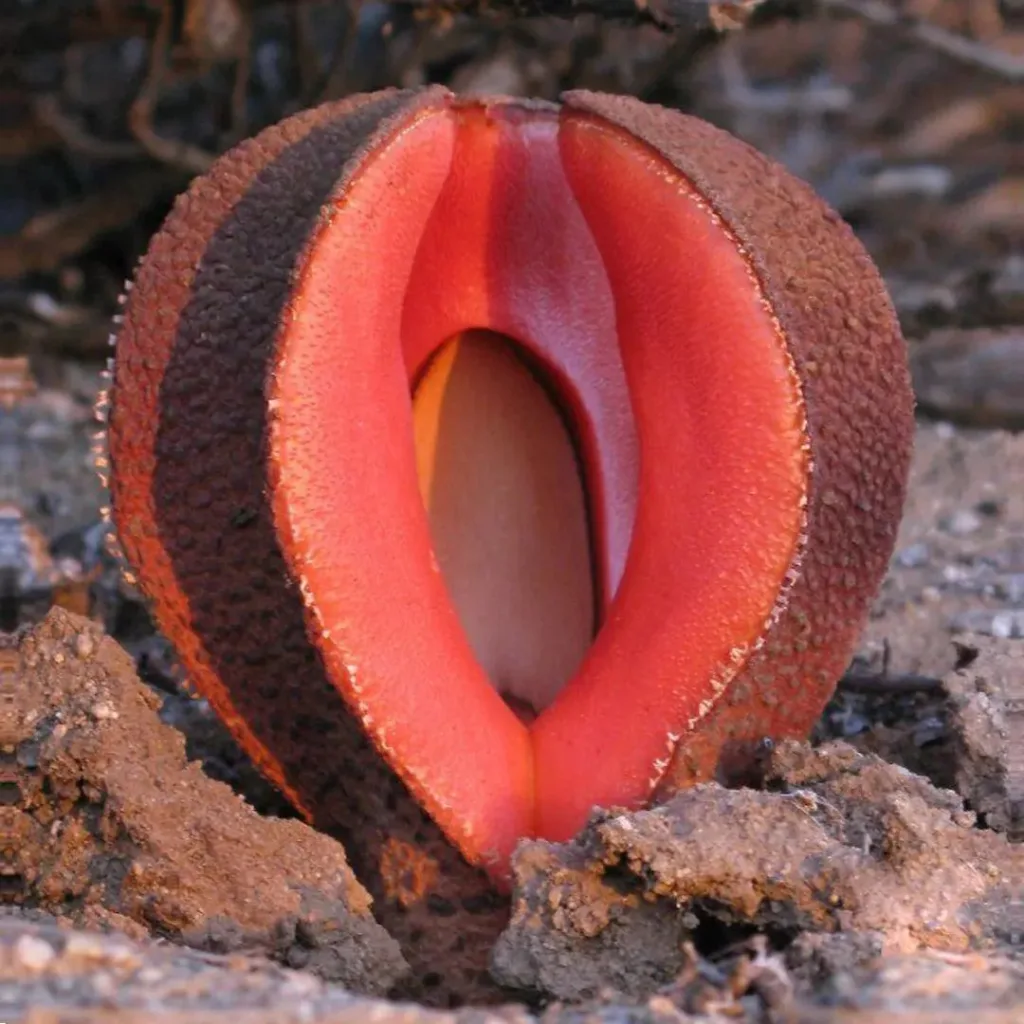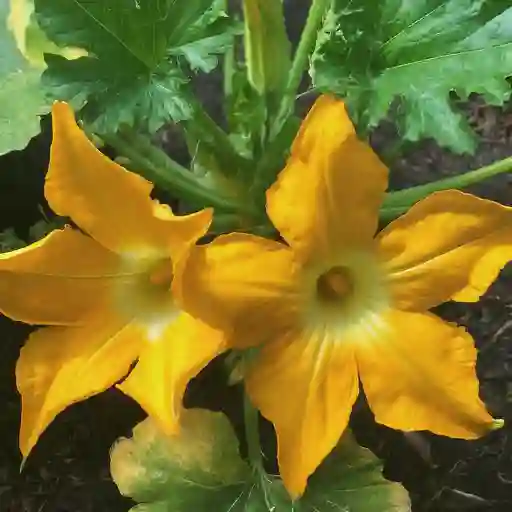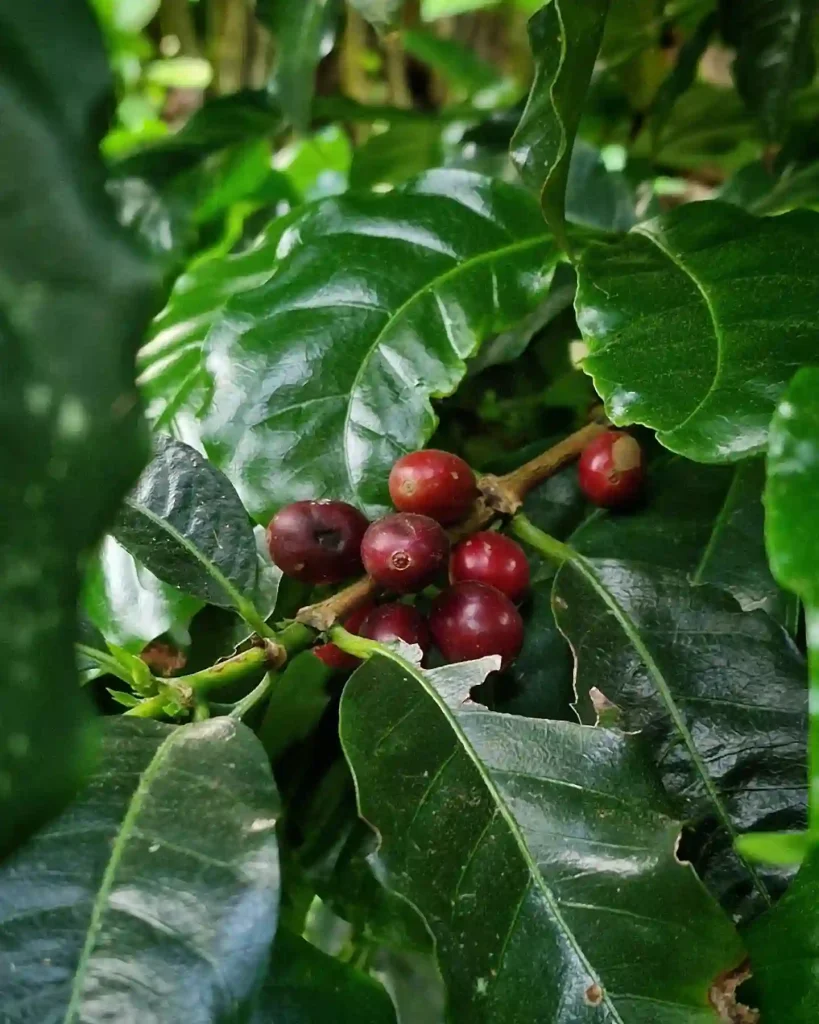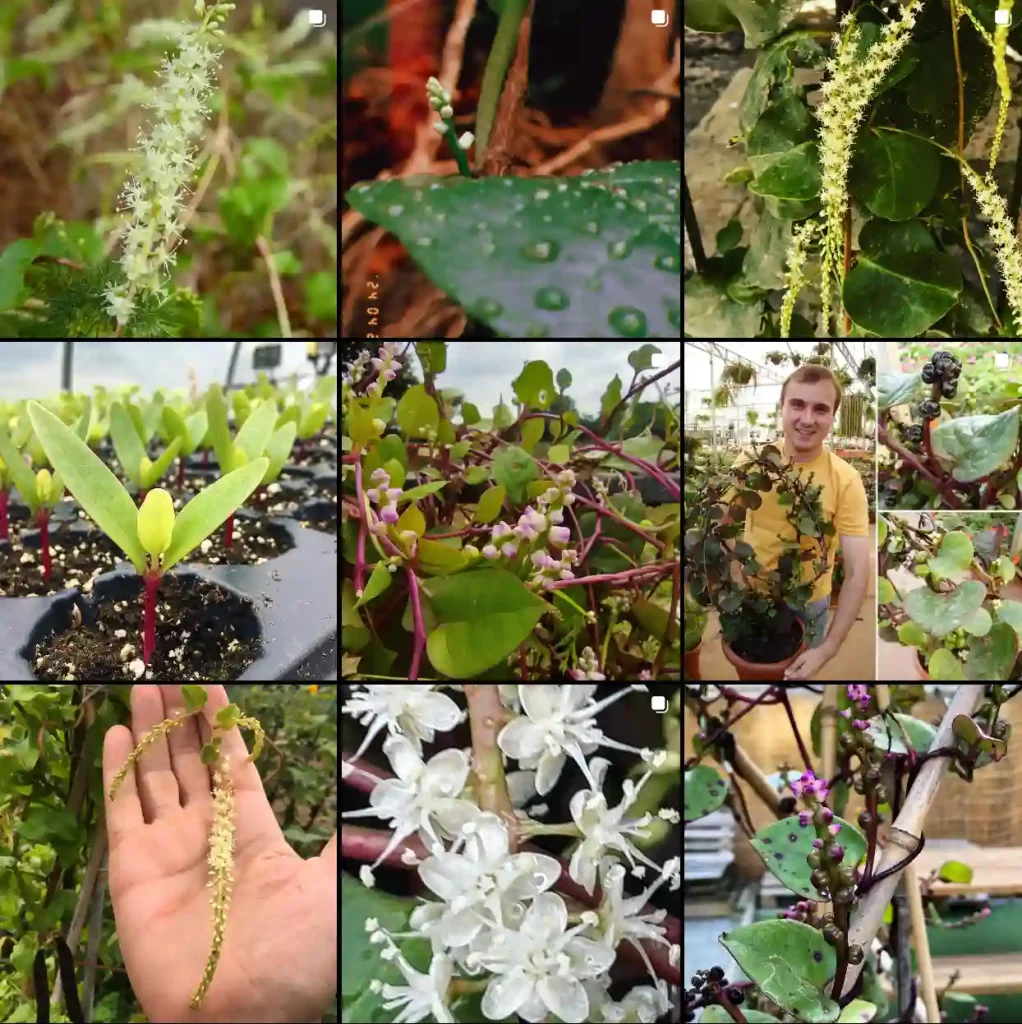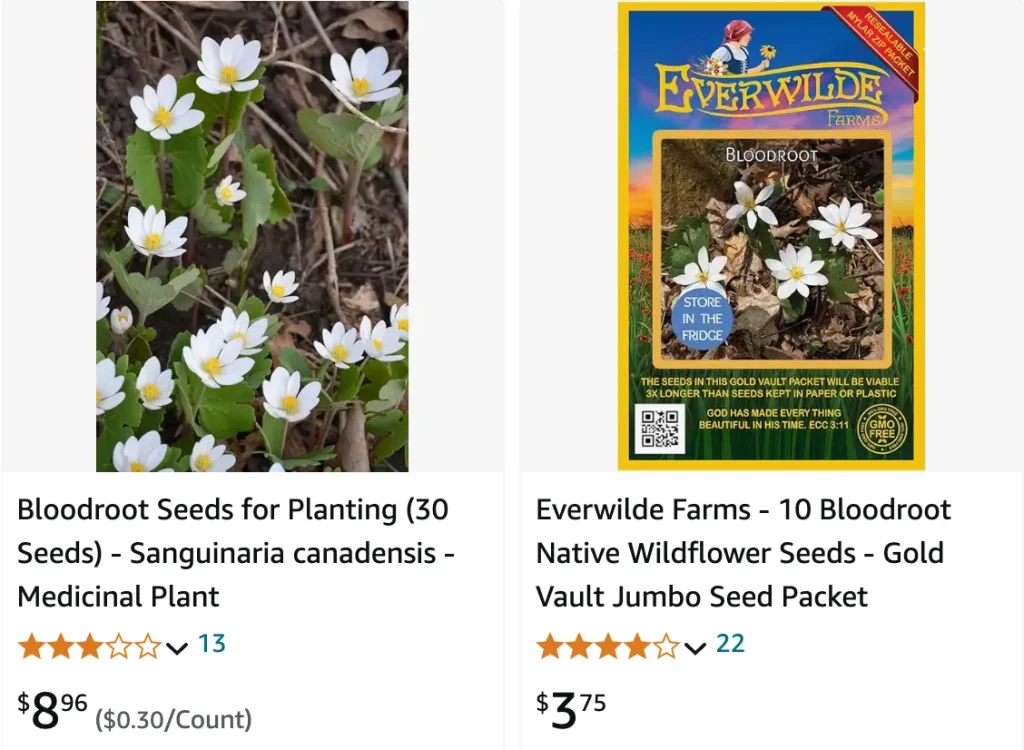
Sanguinaria: A Solitary Beauty
My name is Ferb Vu, and I’ve always been drawn to the delicate beauty of wildflowers. There’s something about their resilience, their ability to thrive in the most unexpected places, that speaks to me. Among my favorites is the Sanguinaria, a genus so unique it boasts only a single species: Sanguinaria canadensis.
What is Bloodroot?
Bloodroot (Sanguinaria Canadensis) is a perennial flowering plant native to North America. It gets its name from the red sap that oozes from its rhizomes when cut, resembling blood. Bloodroot is a member of the poppy family and is known for its striking white flowers and distinctive lobed leaves.
Where Does Bloodroot Grow?
Bloodroot is typically found in rich, moist, and shady deciduous forests. It thrives in the understory of these woodlands, often appearing in early spring before the trees have fully leafed out. Bloodroot is native to the eastern United States and Canada, favoring areas with well-drained soil and partial to full shade.
What Does Bloodroot Look Like?
Bloodroot plants have unique and easily recognizable features. Each plant produces a single white flower with 8-12 petals and a bright yellow center. The flower blooms atop a slender stem that emerges from a deeply lobed, fan-shaped leaf. The leaf wraps around the flower bud as it emerges, providing a distinct appearance before fully opening.
When Does Bloodroot Bloom?
Bloodroot blooms in early spring, usually between March and April, depending on the climate. The flowers are short-lived, often lasting only a few days to a week. However, their early appearance makes them a herald of spring, providing a welcome splash of color in the woodland understory.
What is Bloodroot Used For?
Traditionally, Bloodroot has been used for various medicinal purposes. Native American tribes used the red sap as a dye and for its purported healing properties. Today, it is sometimes included in herbal remedies, although its use should be approached with caution due to its toxic nature.
Is Bloodroot Poisonous?
Yes, Bloodroot is poisonous. The plant contains alkaloids, particularly sanguinarine, which can be toxic if ingested or applied to the skin in large quantities. Handling the plant with care and wearing gloves is advisable to avoid skin irritation.
Is Bloodroot Edible?
Bloodroot is not edible. Due to its toxic properties, it should not be consumed. The plant’s toxicity can cause severe health issues, including nausea, vomiting, and even death in large doses.
Are Bloodroot Flowers Poisonous?
While the flowers of Bloodroot are not as toxic as the rhizomes, they should still be treated with caution. It is best to avoid ingesting any part of the plant, including the flowers, to prevent potential health risks.
Does Bloodroot Require Staking?
Bloodroot does not generally require staking. The plant is relatively short, usually growing no more than 6-12 inches tall. Its stems are sturdy enough to support the flowers and leaves without additional support. However, in windy conditions or if planted in an exposed area, some gardeners might prefer to provide light staking.
Is Bloodroot Invasive?
Bloodroot is not considered invasive. It spreads slowly through rhizomes, forming small colonies over time. While it can naturalize in suitable environments, it does not tend to outcompete other native plants aggressively.
Do Deer Eat Bloodroot?
Deer typically avoid eating Bloodroot due to its toxic properties. The plant’s bitter taste and potential toxicity make it unappealing to many herbivores, providing a level of protection in the wild.
How to Care for Bloodroot?
Caring for Bloodroot is relatively straightforward. Plant it in a shaded area with rich, well-drained soil. Ensure the soil remains moist but not waterlogged. Mulching can help retain moisture and provide a natural habitat. Avoid disturbing the plant once it is established, as Bloodroot does not transplant well.
How to Propagate Bloodroot?
Bloodroot can be propagated through seed or division. Collect seeds in late spring after the seed pods have matured. Sow them immediately in a shaded area, as they require a cold stratification period. For division, carefully separate the rhizomes in late summer or early fall and replant them in a suitable location.
What to Plant with Bloodroot?
Bloodroot pairs well with other shade-loving woodland plants. Consider planting it alongside ferns, hostas, trilliums, and Virginia bluebells. These companions create a lush and diverse garden bed, enhancing the aesthetic appeal and ecological balance of your garden.
Bloodroot is a fascinating and beautiful plant that adds early spring interest to any shaded garden. Its unique appearance and historical significance make it a valuable addition to woodland gardens and naturalized areas. Just remember to handle it with care due to its toxic nature, and enjoy its fleeting yet captivating blooms each year.

